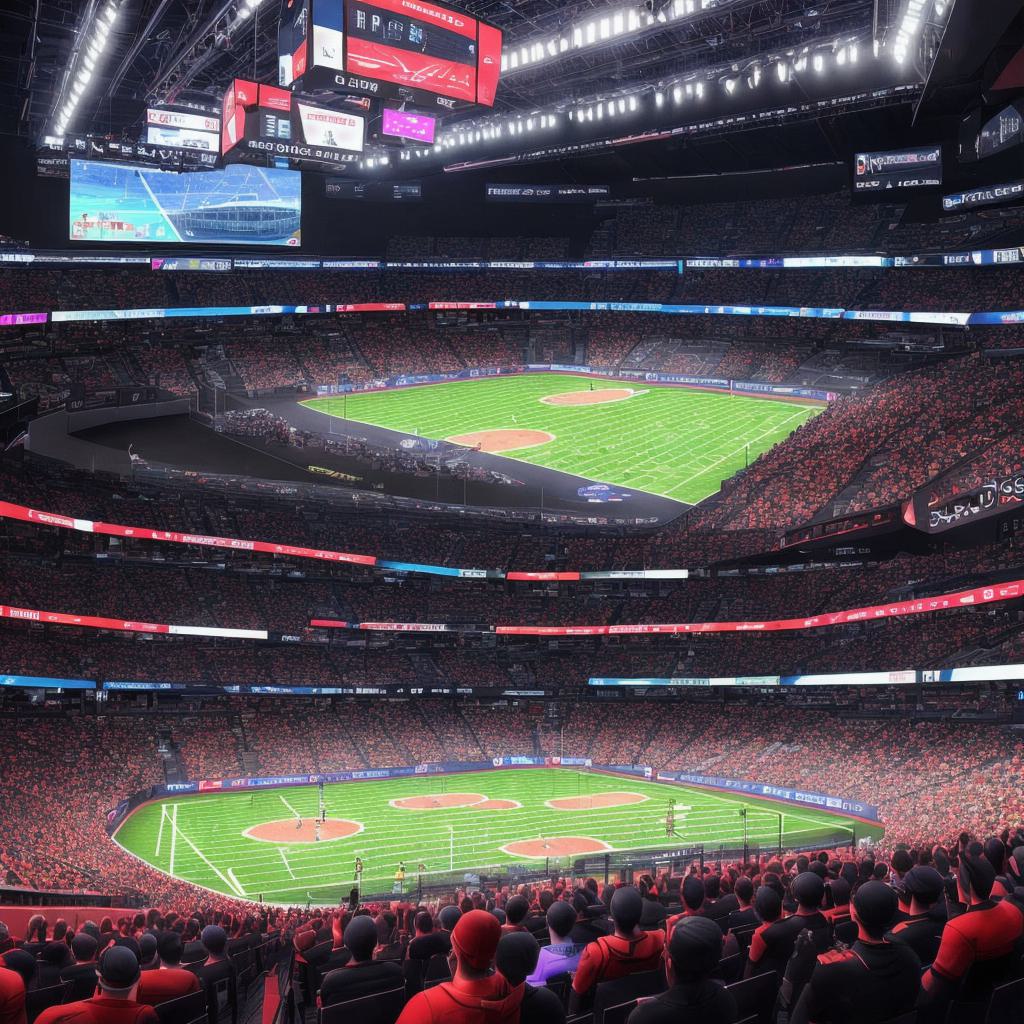The metaverse, a collective virtual shared space created by the convergence of virtually enhanced physical reality and physically persistent virtual reality, has been a topic of great excitement and anticipation in recent years. With the rise of virtual reality (VR) technology and social media platforms, many have hailed the metaverse as the next evolution of the internet, offering immersive experiences and limitless opportunities for creativity and connection. However, with this buzz comes the question: is the metaverse living up to expectations, or falling short as a failed concept?
**What is the Metaverse Expected to Offer?
**
First, let’s explore what the metaverse is expected to offer. According to some visionaries, it could be a place where we can work, socialize, and even live, all within a virtual environment. It could provide us with experiences that are impossible or impractical in the physical world, such as flying, teleportation, or exploring other planets. Moreover, it could offer new forms of entertainment, education, and artistic expression.

**Progress Towards Realizing the Metaverse Vision**
Clearly, significant progress has been made towards realizing this vision. VR headsets like the Oculus Rift, HTC Vive, and PlayStation VR have become more accessible and affordable, allowing more people to enter the virtual world. Social media platforms such as Facebook Horizon, Decentraland, and The Sandbox are building virtual worlds where users can interact with each other in real-time, creating immersive experiences that go beyond text and images.
**Challenges and Limitations**
Despite these advancements, the metaverse still faces significant challenges and limitations. One of the most prominent issues is the lack of standardization and interoperability across different virtual platforms. This fragmentation makes it difficult for users to easily move between different worlds with their digital assets, limiting the potential for a truly immersive and seamless experience.
Another challenge is the high cost of entry for hardware and software, as well as the technical expertise required to build and navigate these virtual environments. Moreover, concerns around privacy, security, and user safety have also emerged, as the metaverse blurs the lines between the physical and virtual worlds.
**Examples of Metaverse Success Stories**

Despite these challenges, there are examples of successful metaverse applications that demonstrate its potential. One such example is Second Life, a virtual world launched in 2003, where users can create their own avatars, buy land, build homes and businesses, attend events, and interact with each other in real-time. Another example is Minecraft, which started as a simple sandbox game but has evolved into a platform for creating shared virtual worlds, where users can collaborate on building structures and exploring together.
**Conclusion: The Metaverse is Still Evolving**
In conclusion, the metaverse is still a work in progress, with both success stories and challenges shaping its development. While it offers immense potential for immersive experiences that go beyond traditional online platforms, significant challenges related to standardization, cost of entry, privacy, and security remain. As technology continues to evolve and user demands shift, it will be interesting to see how the metaverse adapts and grows to meet these challenges.
So, is the metaverse living up to expectations?
It’s too early to tell definitively, but its potential for transforming how we work, play, and connect is undeniable. The future of the metaverse will depend on how effectively it can address the challenges and limitations while continuing to innovate and push the boundaries of what’s possible in a virtual world.
